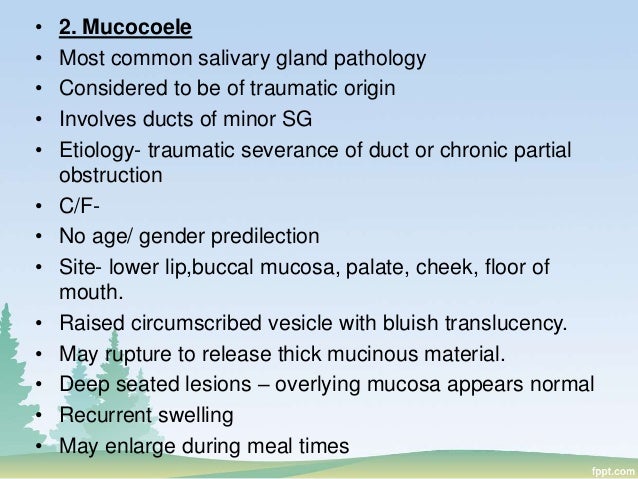

Pathological confirmation of cancer is related to participant characteristics and cancer site. Survival of participants with non pathology-confirmed diagnoses after 1 year was lower compared to survival of participants with pathology-confirmed diagnoses (32.6% vs. Most frequently non pathology-confirmed cancer sites included central nervous system (66.7%), hepato-pancreato-biliary (44.5%), and unknown primary origin (31.2%). Participants with non pathology-confirmed diagnoses were older, more often women, and had a lower education. During a median (interquartile range) follow-up of 10.7 (6.3–15.9) years, 2698 out of 14,024 participants were diagnosed with cancer, of which 316 diagnoses (11.7%) were non pathology-confirmed. Furthermore, we investigated differences in overall survival using survival curves adjusted for age and sex. We compared participant characteristics and the distribution of cancers at different sites.

Cancer diagnoses were classified into pathology-confirmed versus non pathology-confirmed (i.e., based on imaging or tumour markers). Participants from the prospective population-based Rotterdam Study were followed between 19 for the diagnosis of cancer. It is unknown how many patients have a non pathology-confirmed cancer diagnosis, and whether their characteristics and survival differ from patients with a pathology-confirmed diagnosis. Cancer diagnoses which are not confirmed by pathology are often under-registered in cancer registries compared to pathology-confirmed diagnoses.


 0 kommentar(er)
0 kommentar(er)
